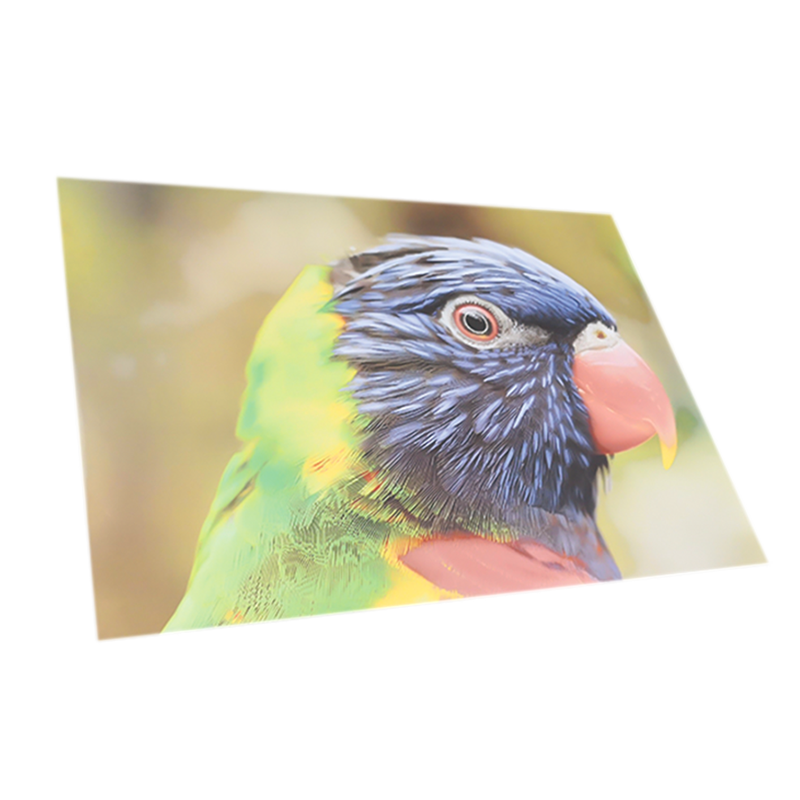Blue-Sky Safety Glass - Pursue quality and cast high-quality goods.
Home / News / Industry News / Are there any challenges or considerations with ink longevity on curved or textured digital printed glass surfaces?
Blue-Sky Safety Glass - Pursue quality and cast high-quality goods.
Home / News / Industry News / Are there any challenges or considerations with ink longevity on curved or textured digital printed glass surfaces?

+86-571-82875607
+86-13606625132
sales@hzltglass.com
No.6177, Jiangdong 3rd Road, Jiangdong Industrial Park, Hangzhou, China
Copyright © Hangzhou Blue-Sky Safety Glass Co., Ltd. All Rights Reserved. Commercial Safety Glass Suppliers
